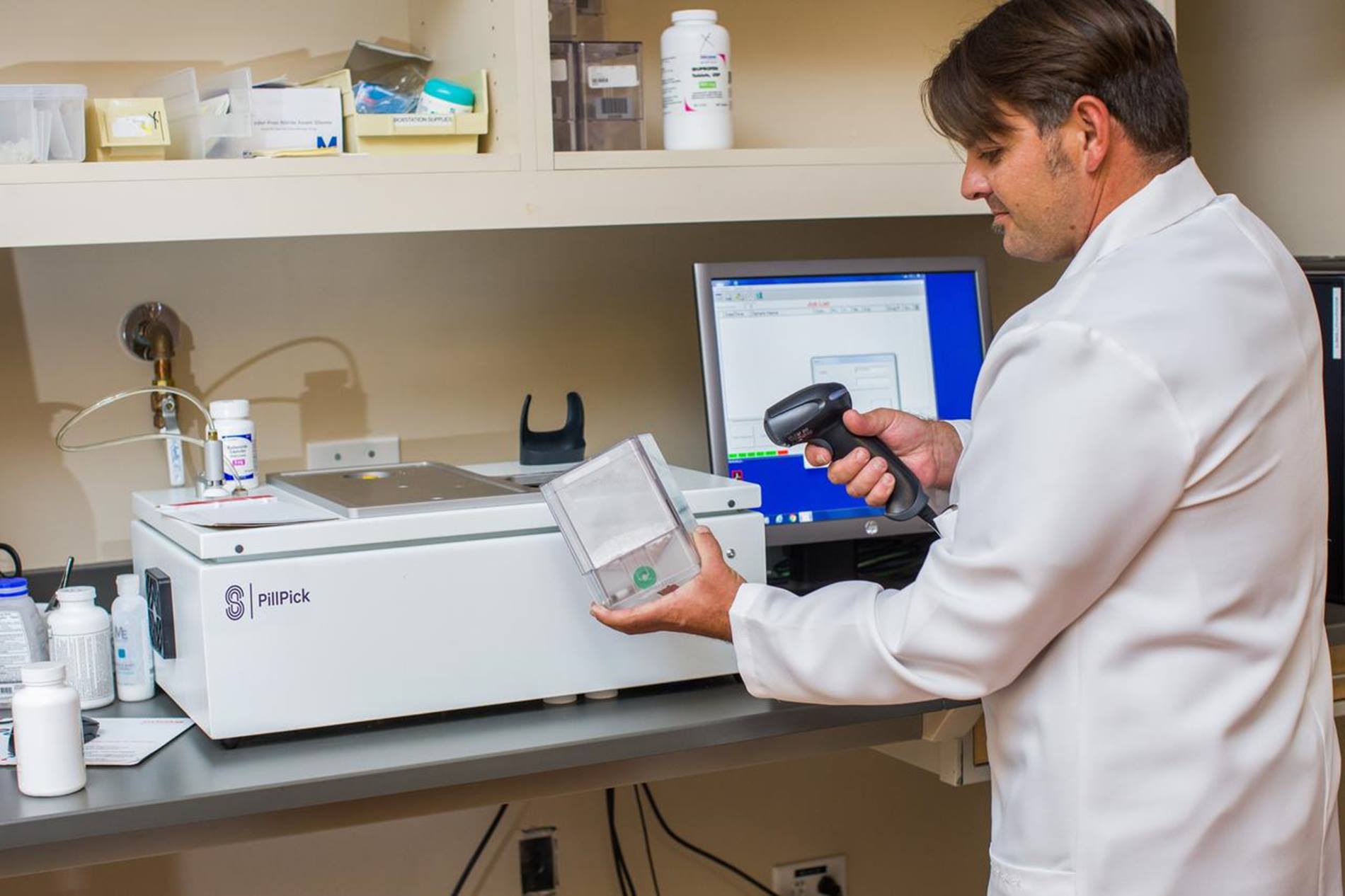Ted Sandoval | 2 May, 2024
Pharmacist Moving to Broaden Their Impact
In a previous blog, I described a future where pharmacy automation continues to relieve pharmacists from the mundane and mind-numbing tasks of distributive pharmacy. This shift, spurred by the development of AI driven hospital inventory software and robotics, leaves pharmacists and pharmacies with time to move from being considered a hospital “cost center” to metamorphosing into a “revenue center” where their significant education and experience allow the pharmacist to perform clinical activities designed to become paid services. Imagine pharmacists performing paid services like other healthcare providers, such as Advanced Nurse Practitioners and Physician Assistants.
As we know “National Pharmacy Week” is observed during the third full week of October in the United States where we in the United States recognize the unique contributions pharmacists and technicians make to patient care.
Last year, the American Society of Healthcare Pharmacists (ASHP) celebrated National Pharmacy Week by publishing the following quotes: “National Pharmacy Week acknowledges the invaluable contributions pharmacists and technicians make to patient care in hospitals, outpatient clinics, and other healthcare settings.”
ASHP also wrote, “Pharmacy Week is a time to recognize the powerful impact you make on your patients. It is an opportunity to raise your patients’ and colleagues’ awareness about the vital role pharmacists play on the healthcare team. It also provides a meaningful way for you to affirm your staff's hard work to ensure medication use at your organization is safe and patients are achieving optimal outcomes.”










